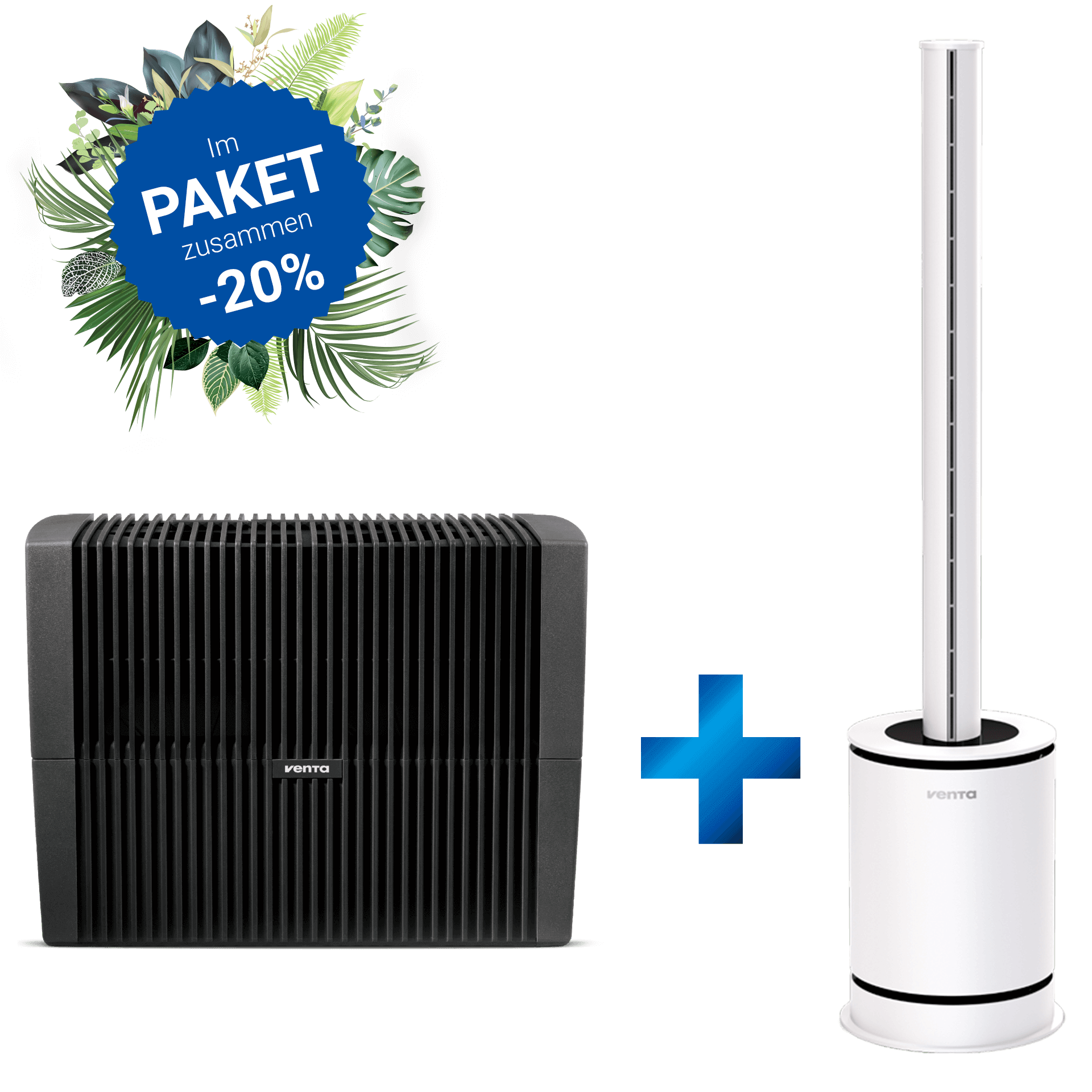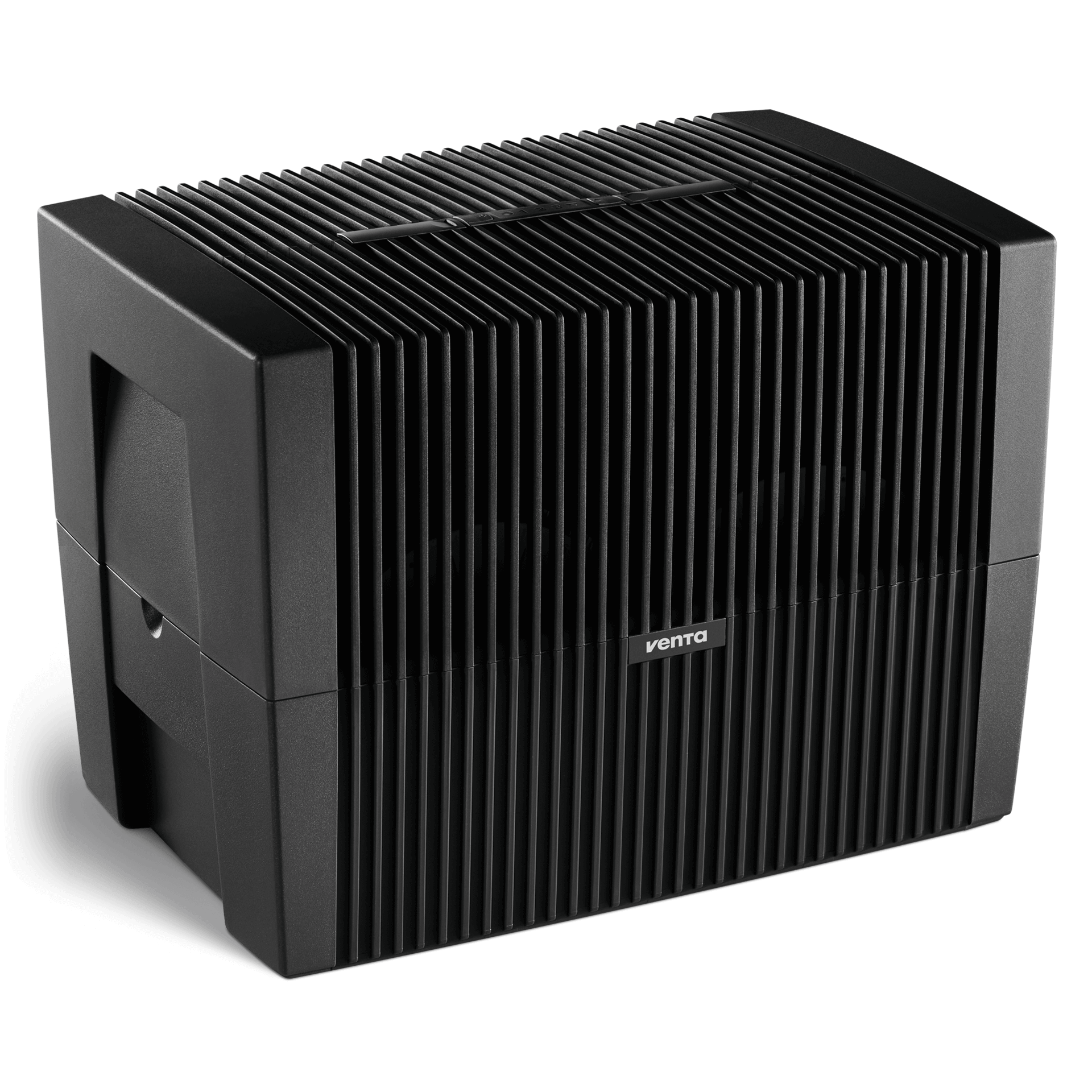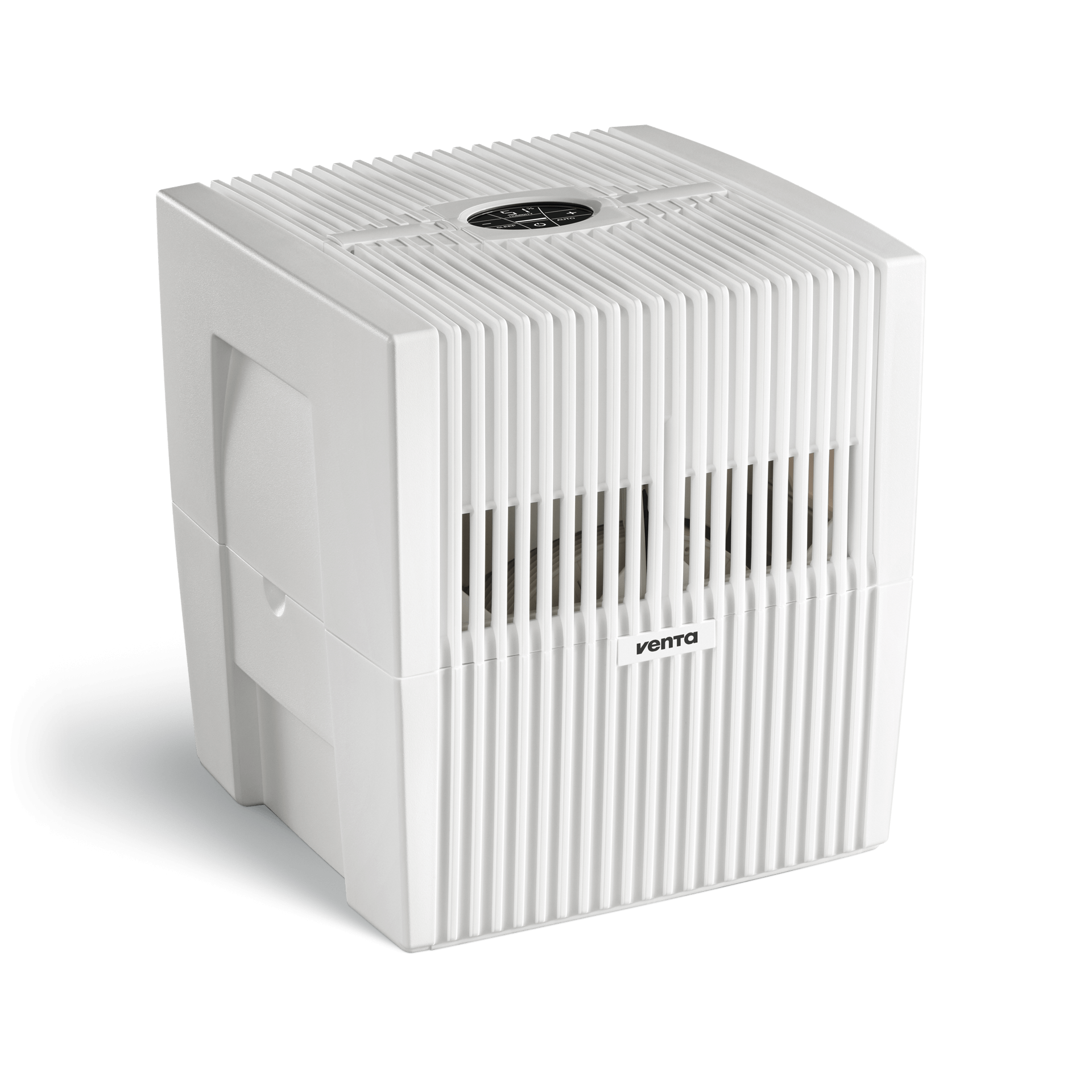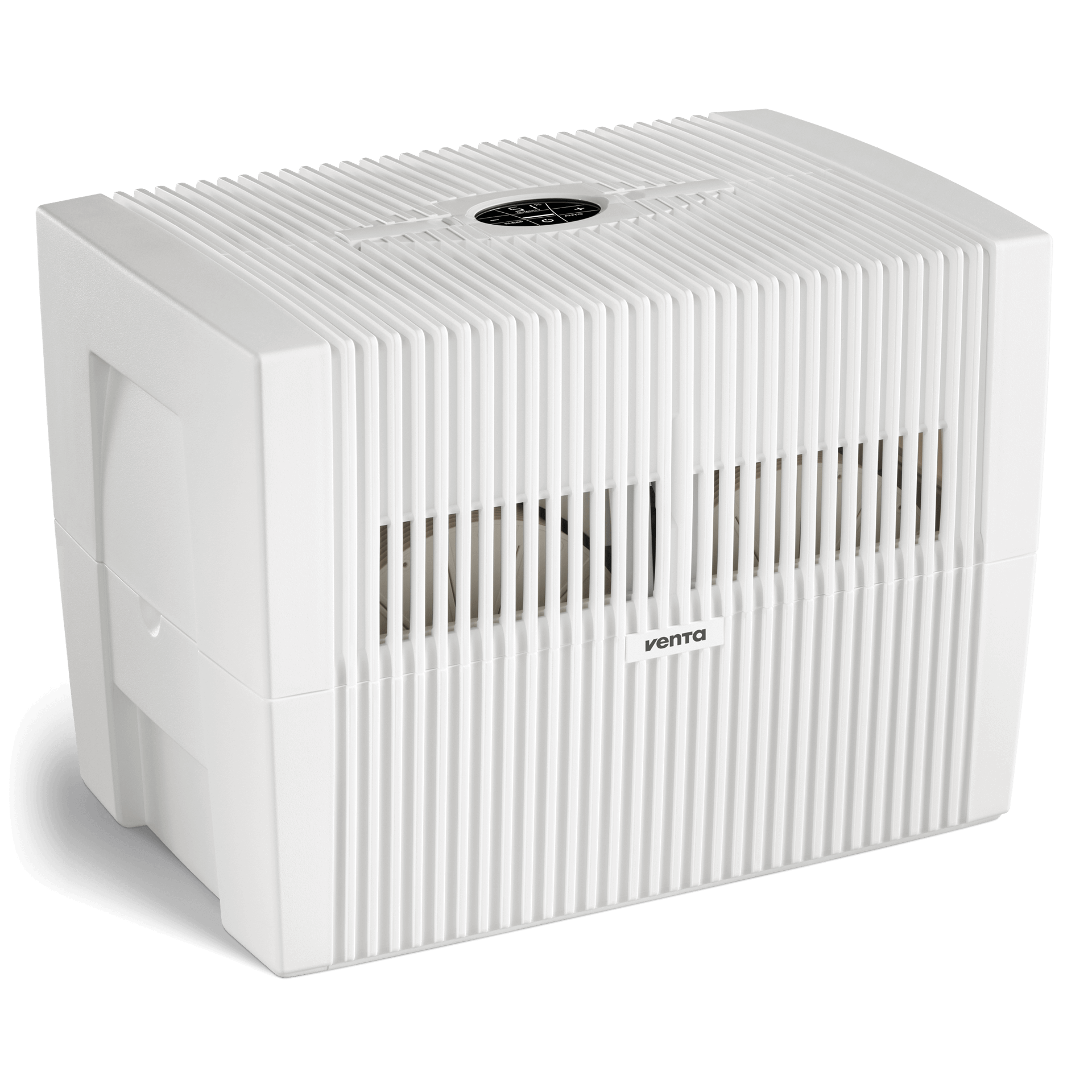The right indoor climate saves energy
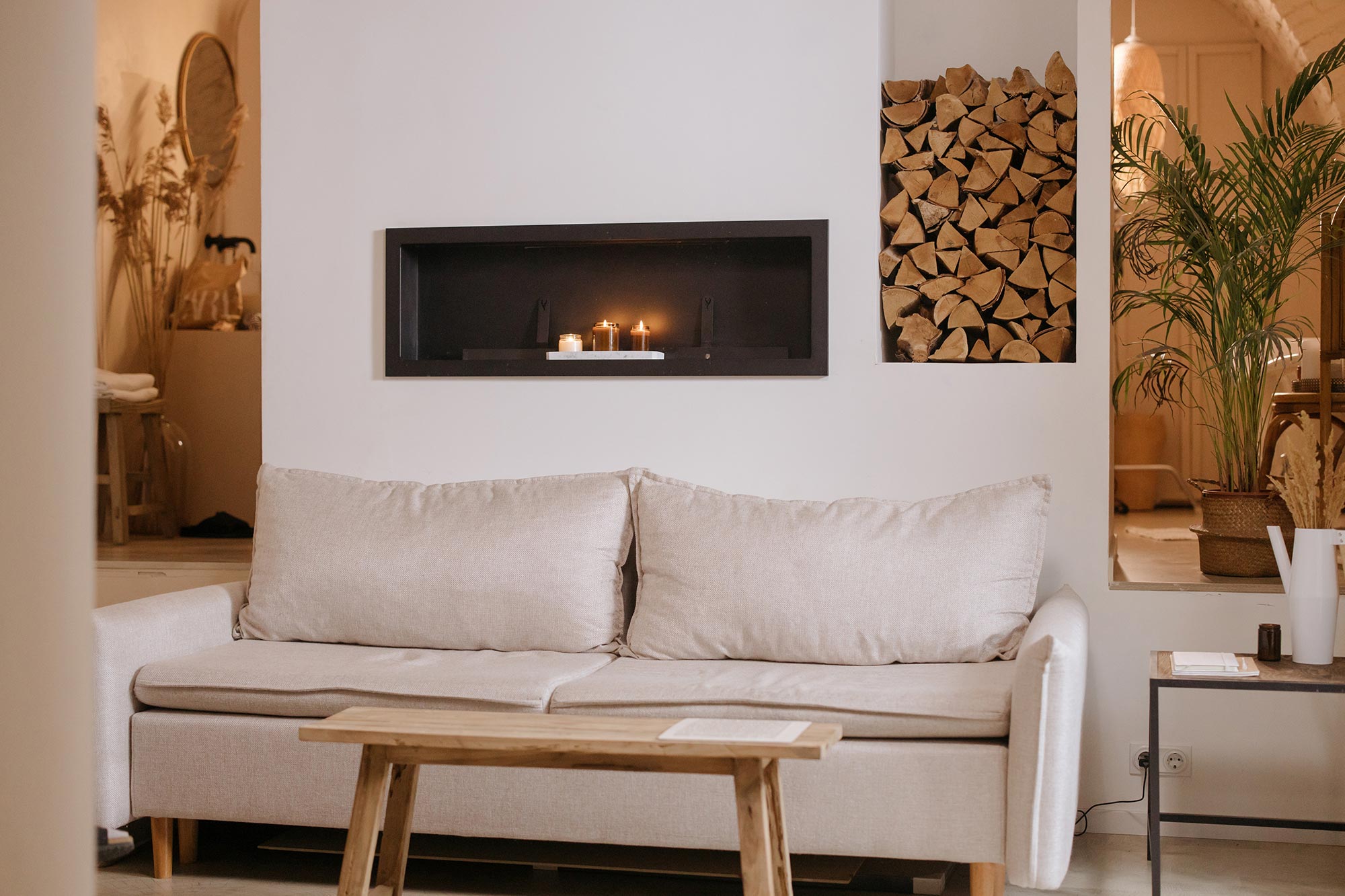
Have you already thought about how you might be able to save energy to heat during fall and winter? The first thought that comes to mind is usually to lower the room temperature. But that isn't always the best idea. We will show you how to have an optimal indoor climate while keeping an eye on heating costs.

The right room temperature
To ensure the right indoor climate during the cold months and to limit heating costs, you should focus on two factors in particular: In addition to proper ventilation and other measures, keep an eye on humidity and room temperature.
The German Environment Agency (UBA) recommends around 20-22 degrees in indoor spaces. This can vary from room to room meaning, for example, it can be somewhat cooler in the bedroom at around 18 degrees. Because every degree counts.
Every degree less saves around six percent heating energy.
But remember: You should not turn the indoor air temperature down below 18°C, as this also increases the risk of mold growth in the home.
The reason: Air can only absorb a certain amount of water vapor and this depends largely on the temperature.
The warmer the air is, the more water vapor it can retain. But cold air is only able to hold very little water and is unable to absorb additional moisture, which makes it drier than warm air.
If the temperature is set too low, the air reaches its saturation point and the water vapor condenses. The result: It collects on cooler surfaces like windows and walls, which can cause the formation of mold.
Optimal humidity during the heating period
This is how you can prevent the formation of mold while keeping heating costs down: Always make sure that the humidity is in the range of 40 to 60 per cent. While the temperature in the room should remain between 20-22 degrees.
To keep track of the levels, we recommend that you use a hygrometer (humidity meter). This gives you an accurate reading of the temperature as well as the humidity at any time.
As a result, you can always keep track of all units and react to changes by ventilating the room or increasing the room temperature as required. In doing so, you can protect your home against mold growth.
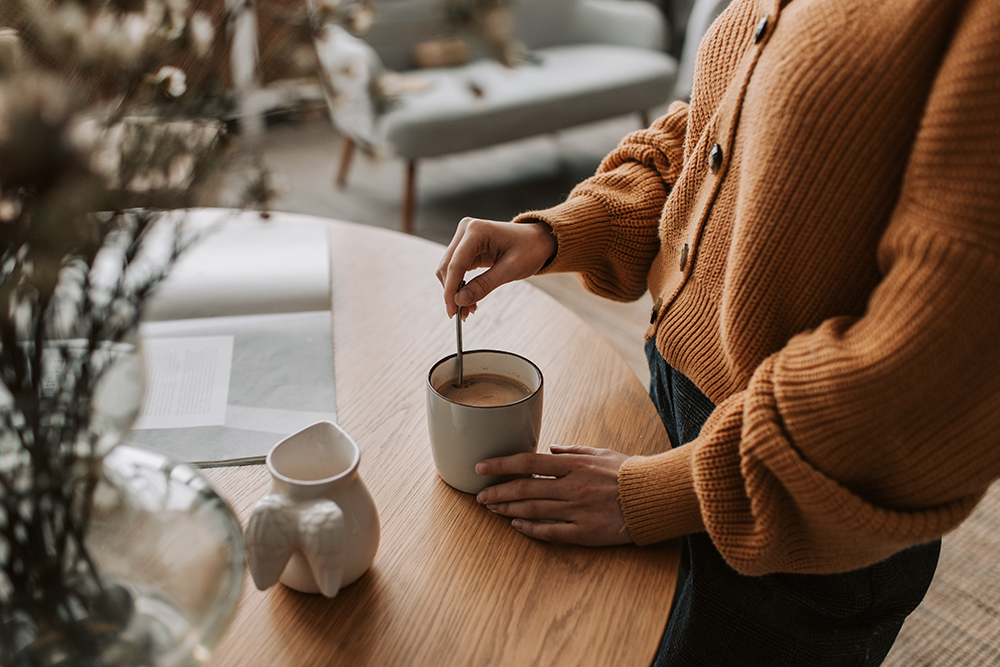
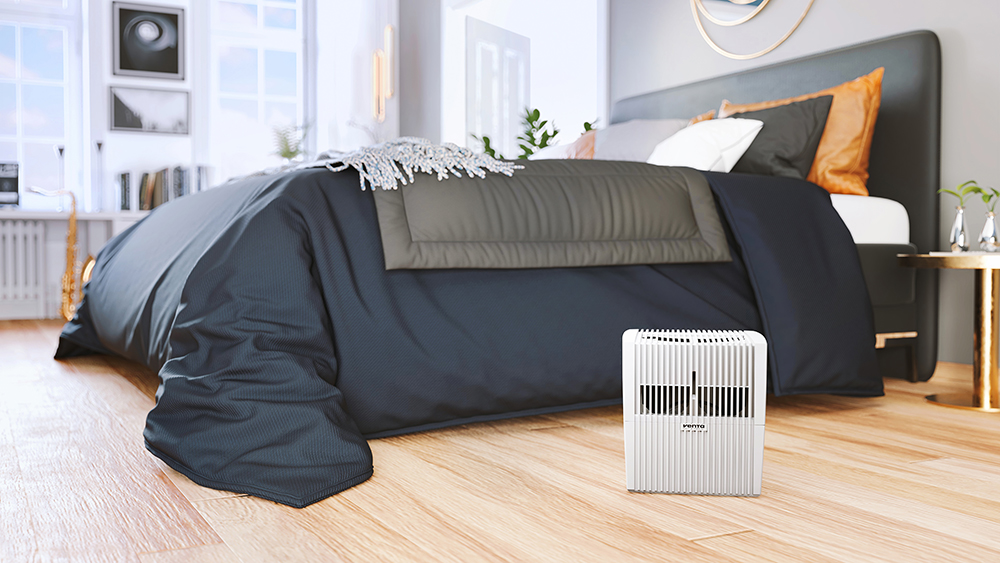
Dry heated air?
In winter, indoor air humidity can easily drop below 40 per cent due to dry heated air. Then, it's time to increase it again. A Venta air humidifier is a great help here. It ensures that the humidity remains in the optimal range between 40 and 60 percent. As a result, the correct amount of moisture is always added to the dry heated air, which allows you to enjoy a pleasant indoor climate. And it consumes very little energy in the process.
Our devices are designed to be powerful and yet have very low power consumption with a minimum of 3 watts*. In comparison, about 40 watts are needed for a laptop, 100 watts for a television and even 1000 watts for a blow dryer.
You can find tips on how to increase humidity in the article "Is the Indoor Air Too Dry?"
*The minimum wattage may differ depending on the series. This information applies to our air humidifiers in the Original and Comfort Plus series (power consumption (level 1-3): 3 / 5 / 8 watts)
Sources for further reading:
https://www.umweltbundesamt.de/themen/richtig-heizen
https://www.umweltbundesamt.de/sites/default/files/medien/publikation/long/3165.pdf
https://www.umweltbundesamt.de/themen/faq-absenkung-der-raumtemperatur-in-herbst-winter

